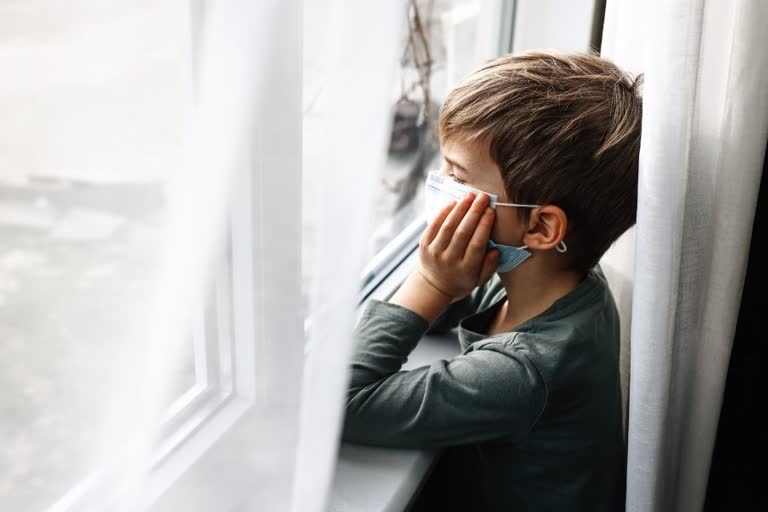A study led by an international team of researchers from the US, Mexico and Sweden found that the prevalence of long COVID in children and adolescents, following a COVID-19 infection was 25.24 percent. The team identified more than 40 long-term effects associated with COVID-19 in children and adolescents.
The five most prevalent clinical manifestations were mood symptoms (16.50 percent), fatigue (9.66 percent), sleep disorders (8.42 percent), headache (7.84 percent), and respiratory symptoms (7.62 percent). Even though most symptoms improve with time, there is evidence in adult studies that suggests some symptoms can persist one year after COVID-19 diagnosis, the researchers said.
Long COVID is a heterogeneous multisystemic condition for which there is still no precise definition and includes signs and symptoms that persist, develop, or fluctuate after SARS-CoV-2 infection. "Long COVID represents a significant public health concern, and there are no guidelines to address its diagnosis and management," Sonia Villapol, Department of Neurosurgery, at Houston Methodist Research Institute, in Texas, US, wrote in the paper along with co-authors.
"Identifying the main signs and symptoms of paediatric long COVID can not only help diagnose, develop better treatments, but also help support clinical management systems, establish rehabilitation programmes, and design guidelines and therapeutic research," she added.
The team conducted a meta-analysis of 21 studies, which included a total of 80,071 children and adolescents with COVID. When compared to controls, children infected by SARS-CoV-2 had a higher risk of persistent dyspnea (shortness of breath), anosmia/ageusia (loss of smell and taste), and fever. Other commonly reported symptoms included nasal congestion, cognitive symptoms such as faltering concentration and memory.
The study further supports the importance of continuously monitoring the impact of long COVID in children and adolescents, and the need to include all variables and appropriate control cohorts in studies to have a better knowledge of the real burden of paediatric long COVID," Villapol said.
(IANS)
Also Read: Exercise may treat long COVID-induced diabetes, depression: Study



